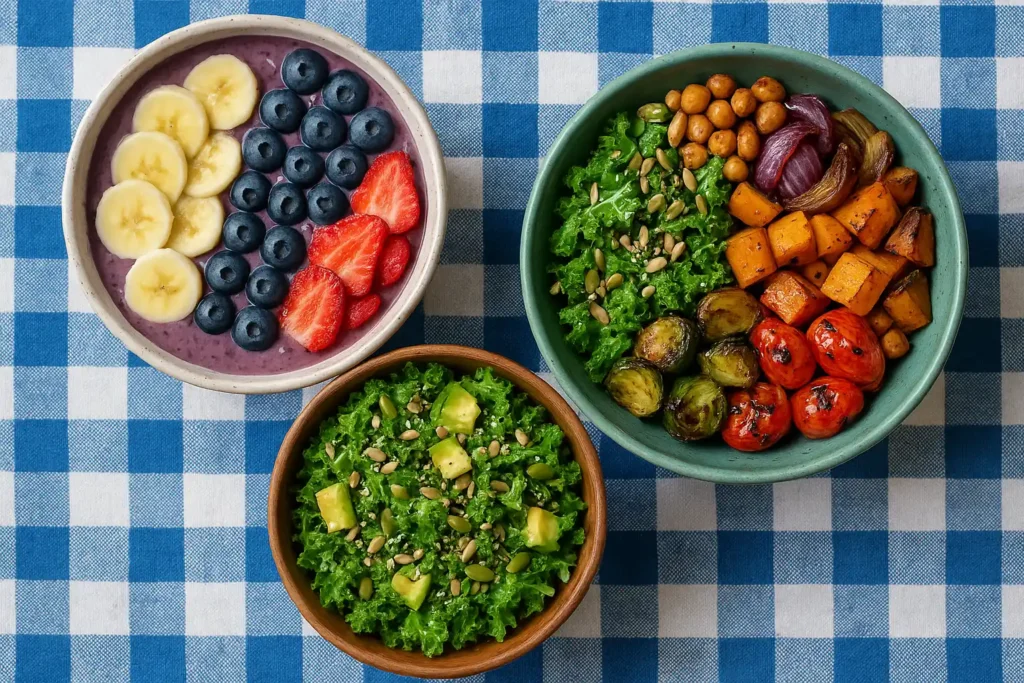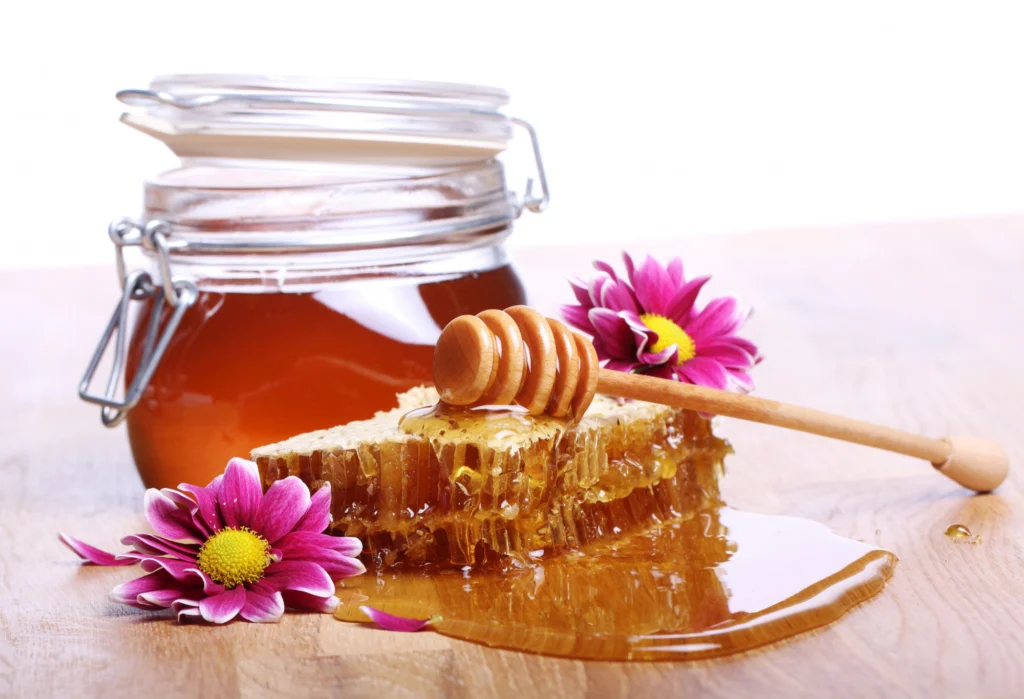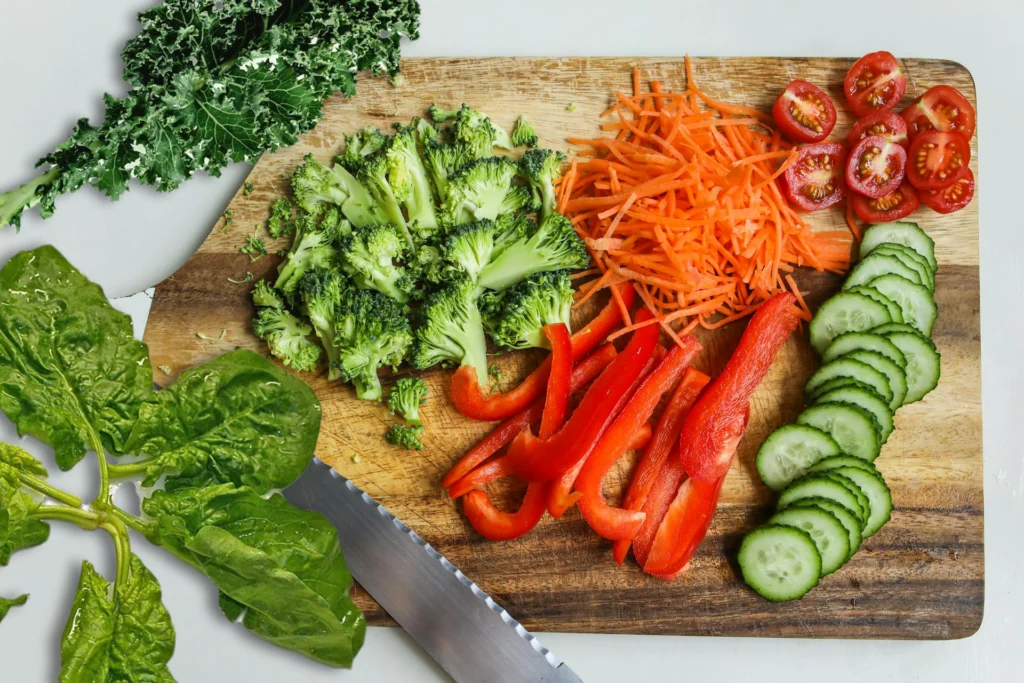Not all damage to your body shows up right away. Over time, tiny changes — from stress, diet, or even the air you breathe — can wear your cells down. That’s where antioxidants come in. They help slow that process. And the best part? You don’t need pills or powders. Just start with high antioxidant foods you likely already enjoy: berries, greens, even a square of dark chocolate.
What Are Antioxidants and Why Do They Matter?
Before we explore antioxidant-rich foods, it helps to understand what antioxidants actually do — and why your body depends on them for long-term health. The following sections break it down simply.
The Role of Free Radicals in Health & Aging
Free radicals show up during normal body functions — like breathing or breaking down food. On their own, they’re manageable. But when factors like stress, pollution, or a poor diet enter the picture, these unstable molecules build up fast.
That’s when oxidative stress takes hold. It quietly wears down your cells and tissues, and over time, this damage adds up. Studies exploring the impact of oxidative stress on aging and disease connect it to conditions such as heart issues, memory decline, and premature skin aging.
How Antioxidants Work in the Body
Antioxidants work by neutralizing free radicals before they do harm. Think of them as the body’s cleanup crew — scavenging unstable molecules and stabilizing them.

There are many types of antioxidants, from vitamin C and E to flavonoids, polyphenols, and carotenoids — all naturally found in whole foods like fruits, vegetables, herbs, and spices.
Key Benefits of High Antioxidant Foods (Inflammation, Skin, Immunity)
- Lower Inflammation: Antioxidants reduce low-level inflammation — the kind linked to everything from joint pain to fatigue.
- Better Skin Health: They help protect collagen and reduce damage from UV exposure.
- Stronger Immunity: Many antioxidant-rich foods also carry immune-boosting nutrients like zinc, selenium, and vitamin A.
Top 20 High Antioxidant Foods You Can Add Today
Grouped for simplicity — these are easy to rotate into your meals year-round.

Berries
Blueberries, strawberries, blackberries, acai berries, and goji berries are all antioxidant powerhouses — especially rich in anthocyanins, which help reduce inflammation and oxidative stress.
- Acai berries top the charts in antioxidant potential, with one of the highest recorded ORAC scores among fruits. Their deep purple color reflects their rich anthocyanin content, known to support cholesterol balance and vascular health.
- Blueberries are highly studied for their cognitive and anti-aging benefits — research links them to improved memory, brain function, and protection against oxidative DNA damage.
- Strawberries deliver vitamin C and ellagic acid, which contribute to heart health and may help slow collagen breakdown in the skin.
- Goji berries are loaded with zeaxanthin, a compound essential for eye protection and immune defense.
Toss any of these into a smoothie, bowl of oats, or yogurt for a nutrient-rich, flavorful upgrade.
Leafy Greens
Spinach, kale, and Swiss chard are some of the most antioxidant-rich greens you can eat — packed with essential vitamins, minerals, and plant compounds that help fight oxidative stress.
- Spinach is rich in vitamin C, beta-carotene, lutein, and zeaxanthin — all powerful antioxidants that support immune function and protect against age-related eye damage.
- Kale delivers a strong dose of vitamin K, vitamin A, and flavonoids like quercetin and kaempferol, which have been linked to lower inflammation and cardiovascular support.
- Swiss chard contains alpha-lipoic acid, an antioxidant studied for its role in blood sugar regulation and cellular repair. It’s also a good source of magnesium and vitamin E, both crucial for reducing oxidative damage.
Spices and Herbs
Spices don’t just sit quietly on the shelf waiting for cold weather — they pack real power. When you add turmeric to your soup or stir cinnamon into your oats, you’re getting more than flavor. You’re feeding your cells.
Take cloves, for instance. They might be tiny, but they top the antioxidant charts. That’s thanks to eugenol, a plant compound that helps fight inflammation and may even protect against oxidative damage. Just a pinch in tea or baked goods goes a long way.
Turmeric brings its own strength. Its active compound, curcumin, is one of the most studied natural anti-inflammatories. But it doesn’t act alone — pair it with black pepper and you boost its bioavailability dramatically. That’s why I often recommend warming blends like this turmeric ginger tea for a daily antioxidant habit that doesn’t feel like one.
Cinnamon helps support blood sugar stability, while ginger adds both heat and gut-friendly benefits. These spices aren’t just about taste — they’re about balance, immunity, and restoring calm when your body needs it most.
For an in-depth analysis into what these herbs and spices actually do once inside the body, this scientific review on antioxidant-rich herbs and spices is worth a skim — it breaks down exactly how compounds like curcumin, gingerol, and eugenol support antioxidant defense.
If you want an easy way to enjoy these daily, try this soothing anti-inflammatory tea blend. It’s one of the simplest ways to get clean, warming support — especially during cooler months or after meals.
Nuts and Seeds
Walnuts, chia seeds, flaxseeds, and sunflower seeds are loaded with vitamin E, selenium, and omega-3 fatty acids — all of which neutralize free radicals and support brain and heart health.
- Walnuts have nearly twice the antioxidant activity of other common nuts.
- Chia and flaxseeds offer both lignans and plant-based omega-3s that lower oxidative stress.
- Sunflower seeds are rich in vitamin E — an antioxidant that helps protect skin and immune function.
Enjoy them on yogurt, oatmeal, or homemade granola for a satisfying nutrient-packed crunch.
Colorful Vegetables
Some of the most vibrant veggies you’ll find — red cabbage, beets, bell peppers, and sweet potatoes — also happen to be antioxidant powerhouses. They’re rich in plant compounds that your body can actually use to fight off free radical damage and keep inflammation in check.
- Beets bring a deep red hue and a good hit of betalains, which have been shown to support blood flow and help your liver process toxins.
- Red cabbage might look like a salad filler, but it’s packed with anthocyanins — the same antioxidant pigments that give berries their superfood status.
- Bell peppers, especially red and orange ones, are naturally high in vitamin C and beta-carotene. Those nutrients team up to protect skin cells and support a healthy immune system.
- Sweet potatoes give you a big dose of beta-carotene too — the kind your body turns into vitamin A for healthy vision and tissue repair.
You don’t need anything fancy here. Roasting them with olive oil or tossing into a warm grain bowl is enough to unlock their antioxidant potential — no supplements required.
Antioxidant-Rich Drinks
There’s something surprisingly powerful about what you sip. A cup of green tea, a small glass of pomegranate juice, or even a matcha latte can quietly deliver a dose of antioxidants that support everything from heart health to cellular repair.
- Green tea is well known for a compound called EGCG, a catechin that’s been studied for its role in reducing oxidative stress, helping cells recover from damage. It also offers a calm alertness that makes it a popular morning choice.
- Matcha, made by grinding whole tea leaves, takes those benefits even further. You get a stronger antioxidant profile and a smooth, steady energy without the jittery crash of coffee.
- Pomegranate juice is rich in punicalagins — a lesser-known but powerful group of antioxidants. Some early clinical research suggests it may reduce inflammation and support heart health when consumed regularly in small amounts.
If you’re trying to reduce sugary drinks, organic drink options like teas and juices do more than just cut empty calories. They actively support your body’s natural defense system — one sip at a time.
These high antioxidant foods aren’t just nutrient-dense — they’re easy to rotate into everyday meals, making it simple to support your body without relying on supplements.
How to Maximize Antioxidant Absorption
Getting antioxidants is only part of the equation — absorbing them well matters too.
Pairing With Healthy Fats for Better Uptake
Many antioxidants are fat-soluble — they absorb better when eaten with sources of fat like olive oil, avocado, or nuts. Example: Spinach with olive oil, or turmeric curry with coconut milk.
Raw vs Cooked — When to Use Each
- Tomatoes release more lycopene when cooked.
- Broccoli offers more sulforaphane when lightly steamed.
- Rotate between raw and cooked for best results.
Timing and Consistency (Why Daily Matters)
Antioxidants don’t “store” well in the body. They need to be replenished daily — through consistent, varied intake. Smoothie in the morning, salad at lunch, spiced dinner — it adds up.
Clean Meal Ideas Using High Antioxidant Foods
Ideas for bringing these into real-life meals — without overthinking it.

Breakfast: Smoothie Bowls & Overnight Oats
Blend blueberries, spinach, chia seeds, and plant-based milk for a morning punch. Sprinkle cinnamon and flaxseed on oats for a clean energy start.
Lunch: Power Salads With Seeds & Berries
Kale + quinoa + pumpkin seeds + strawberries = antioxidant synergy.
The combination of leafy greens, plant-based protein, and colorful fruits helps fight oxidative stress while keeping your energy stable throughout the day. If you’re looking for a clean, flavorful salad that follows the same antioxidant principles, try this clean quinoa salad — it’s protein-packed, fiber-rich, and naturally energizing.
Dinner: Roasted Veggie Bowls with Spiced Chickpeas
Roast sweet potatoes, red cabbage, and bell peppers with olive oil.
Add cumin-spiced chickpeas for protein and extra flavor.
Snacks: Trail Mix, Turmeric Tea, or Dark Chocolate Squares
70%+ dark chocolate offers flavonoids and magnesium.
Trail mix with walnuts and goji berries makes a portable superfood snack.
What to Avoid: Common Antioxidant Mistakes
Some choices might be canceling out your effort without you realizing.

Relying on Supplements Alone
Whole foods come with co-factors — fiber, minerals, and plant compounds — that pills don’t. As noted in this overview on antioxidant supplements from Cleveland Clinic, relying on capsules alone may miss the bigger picture of how real food works in the body.
Overheating Antioxidant-Rich Ingredients
Roasting at very high temps or microwaving for long periods can reduce antioxidant content — especially in delicate greens and spices.
Ignoring Balance (Too Much of One, Not Enough Variety)
Rotating between berries, greens, spices, and drinks gives your body a wider antioxidant profile. Don’t get stuck on just one food.
Final Thoughts: Fight Free Radicals One Bite at a Time
You don’t need to memorize antioxidant charts or change everything overnight. Just start by adding a few colorful foods, a daily turmeric tea, or an extra handful of spinach to your plate.
Small habits — repeated often — create powerful change.
Eating antioxidant-rich foods is one of the simplest, most natural ways to support your skin, energy, brain, and long-term health. And the best part? They taste amazing too.



